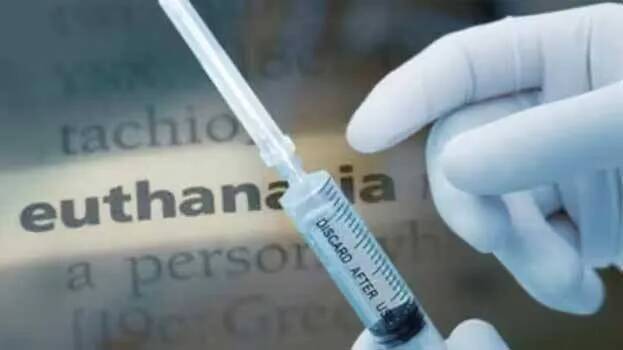

NEW DELHI: The Centre is moving to legalize euthanasia. The central government has clarified that doctors can take a discretionary decision to allow passive euthanasia for terminally ill patients with their kin's consent. This provision is contained in the draft code of conduct issued by the Ministry of Health.
In the draft, terminal illness is defined as an illness that is certain to cause death in the near future so that life can never come back. The ministry has suggested that people including those in the health sector should submit their comments on the draft by October 20. The guidelines were issued by the Center as per the directions of the Supreme Court.
Meantime, the Indian Medical Association (IMA) has come out against the central government's provision on euthanasia. The IMA has criticized the rule as putting doctors in a legal bind. It will create the impression in society that providing life-saving facilities is only to unnecessarily prolong matters. The four scenarios given as guidelines for avoiding the ventilator are inappropriate. The IMA President also stated that these matters will be reported to the government.
Other proposals in the draft
The draft also includes brain injury that does not improve after 72 hours of observation and euthanasia.
If the patient is not benefiting from the life support system and it becomes painful to the point of compromising the dignity of the patient, the doctor can withdraw the life support system with the consent of the patient.
Euthanasia can be performed in cases where brain death has occurred or the disease has worsened beyond the highest level of treatment, with the consent of the patient or relative having recognized this condition.
In cardiac arrest where survival cannot be assured, doctors may withhold artificial respiration if deemed appropriate.
An adult patient may recognize his or her medical condition and decide not to require life-saving support.
In the case of a patient who is incapable of making her own decision, a primary medical board consisting of at least three doctors can be formed to decide on life-saving measures.
The decision taken by the primary medical board should be checked by the secondary medical board consisting of three other doctors to ensure that it is a correct decision.